Qantas lifts the curtain on its new domestic Business and Economy cabins
Business will be bigger than on the Boeing 737, but don't expect a flatbed.

What we'll be covering
Passengers travelling with Qantas from early next year will start to find themselves aboard a new plane. That’s the Airbus A321XLR – a single-aisle jet capable of flying non-stop between all Australian domestic city pairs. Qantas says these new birds will slowly replace its current Boeing 737s, which are approaching retirement age.
But the new Airbus A321XLR is no ordinary plane. Not only can it traverse the Australian continent with ease, but it can also spread its wings to some reasonably far-flung international destinations. This provides the airline with a great degree of flexibility – and would allow Qantas to toggle the same jets between domestic and international flying as needed.
According to Qantas, the new A321XLR could fly non-stop from Australia’s major east and west capitals to the likes of Singapore, Bangkok or Hong Kong. In fact, it could stretch as far as Perth to Bengaluru or Shanghai – not to mention flying Perth to Auckland with ease and a full belly of cargo. However, these examples merely show where Qantas could operate the aircraft, based on its indicative range.
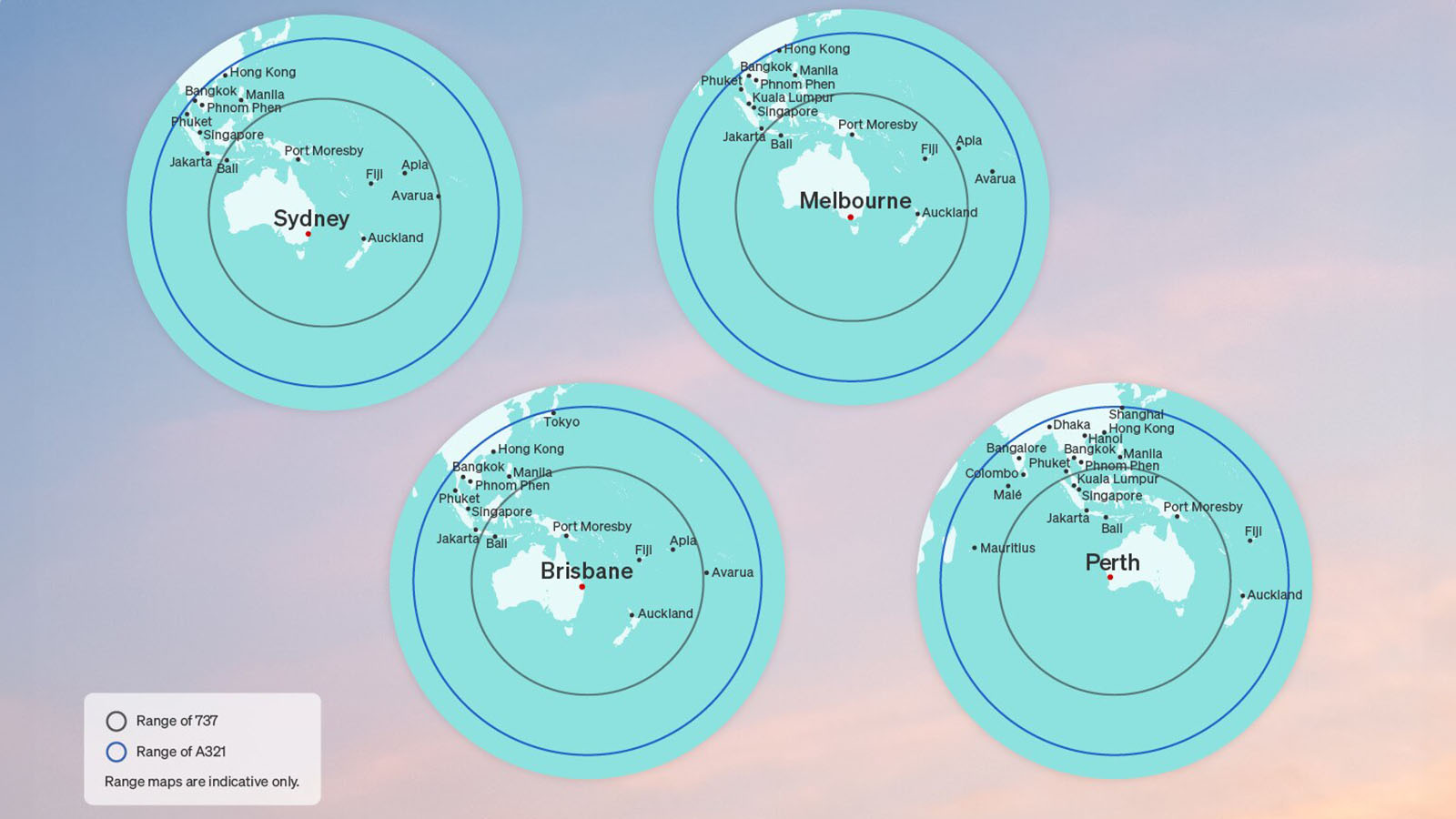
The airline is yet to reveal where it has chosen to deploy its new long-range jets. But wherever the planes end up, passengers on board are in for a new experience. The Business cabin brings a new seat – and more of them. Back in Economy, travellers with broader shoulders will find greater comfort. Let’s take a look.
Qantas’ new Business Class cabin
Aboard the factory-fresh Airbus A321XLR, Qantas is taking the chance to roll out a new Business Class cabin compared to what travellers expect on the current Boeing 737s. In short, the seats on these planes will be a reflection of what we’ve seen aboard the recently launched QantasLink Airbus A220.
Despite the potential for the A321XLR to service far-away destinations, this means that travellers can expect reclining seats in Business – not a flat bed. Those reclining seats come in a 2-2 layout, sporting the expected leg rest and recline function. The central cocktail is also extendable to make room for larger (or multiple) glasses.
There’ll also be more seats in the A321XLR’s Business cabin compared to the Boeing 737. While the Boeing 737 has 12, the A321XLR will have 20: a 66% increase in premium cabin capacity. This is likely to provide greater opportunities for using points to book flights and for upgrades to Business.
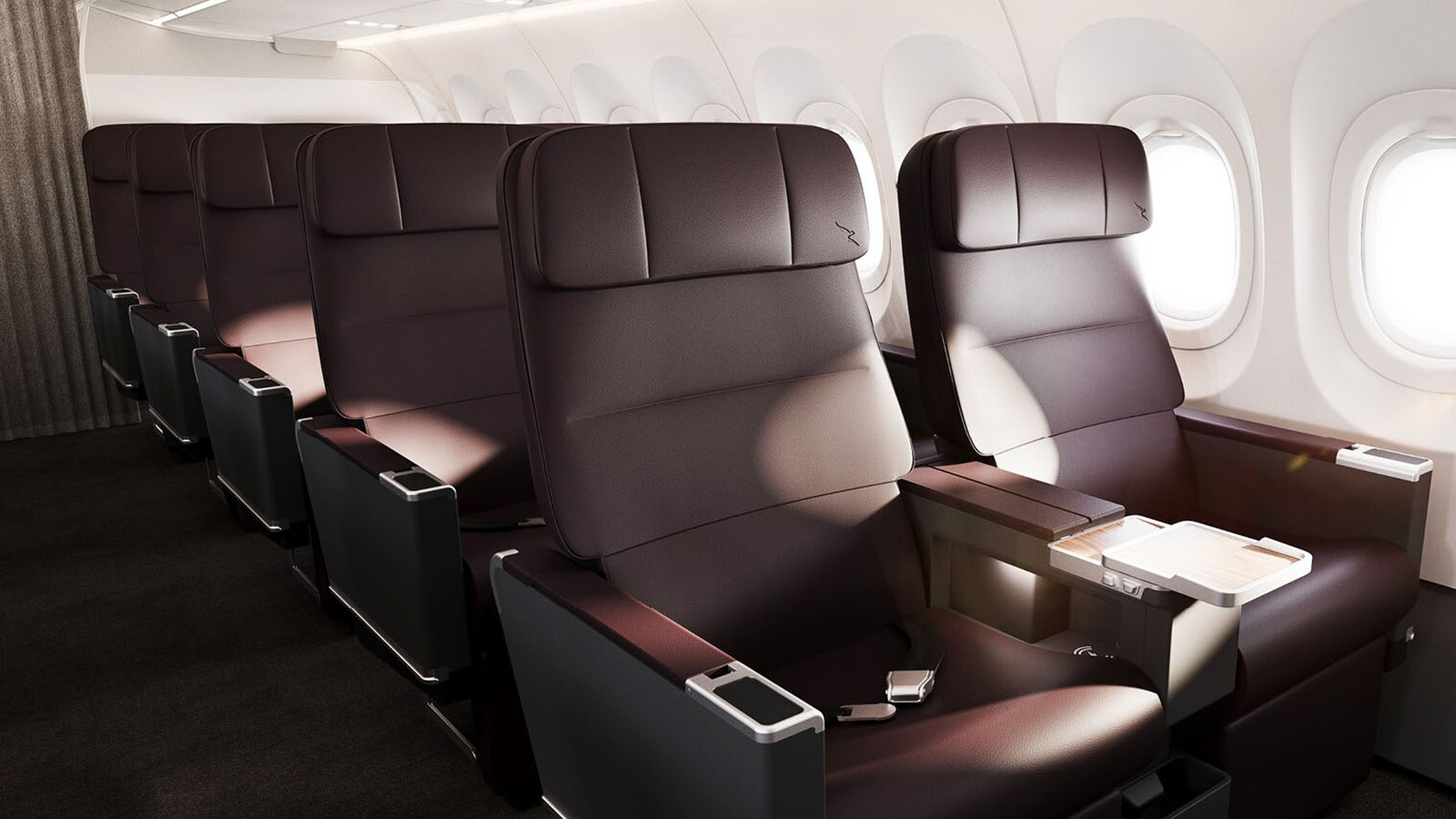

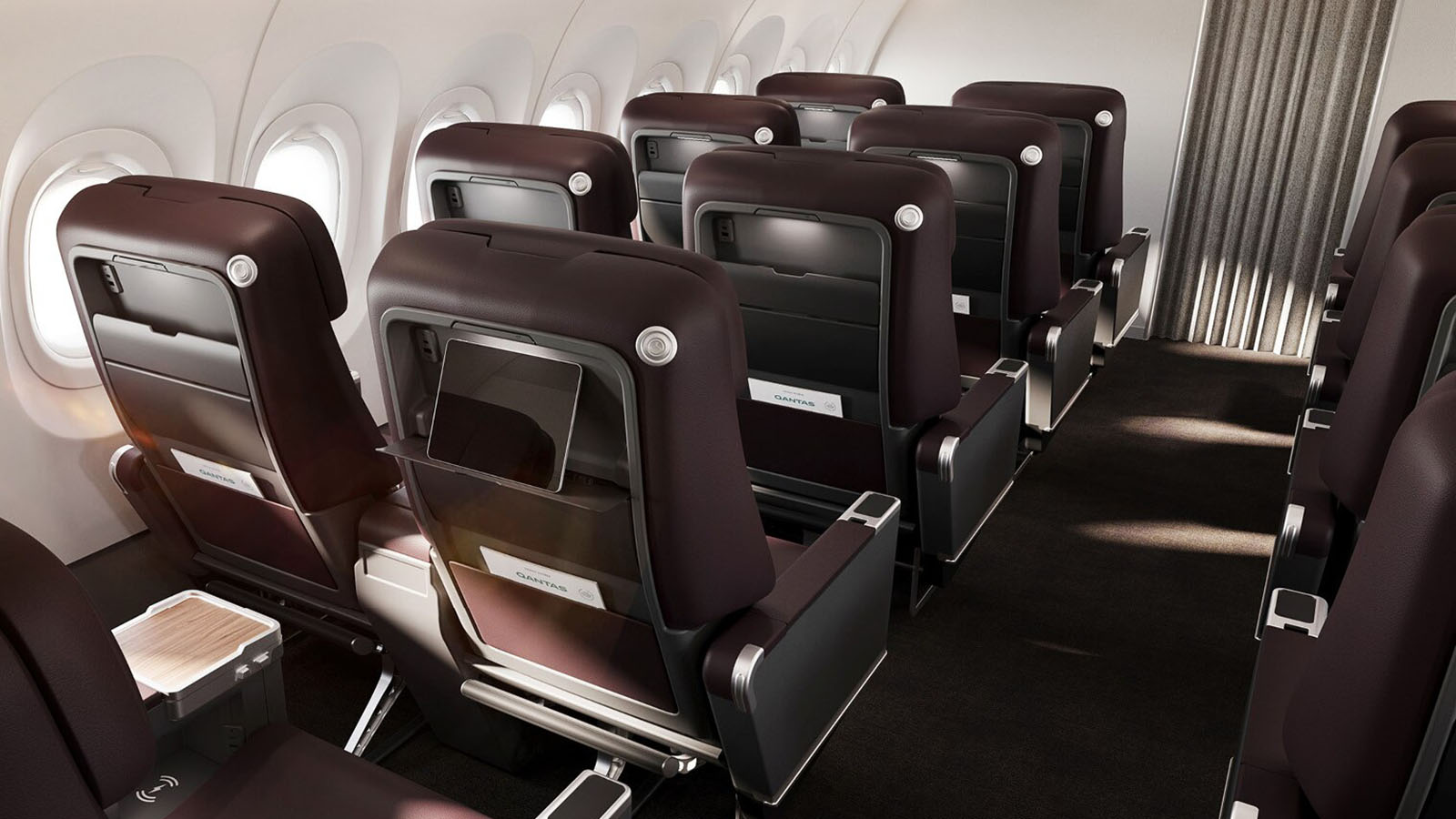
Seat pitch will be the same as the Boeing 737 at 37 inches. But seats in Business will be around three inches wider, because, well, why not, when you have the space available! Still, these new Business Class seats come with a couple of compromises.
For one thing, seatback inflight entertainment is gone. Whether you board this flight for a one-hour hop or find yourself on a flight to somewhere like Asia, you won’t find a TV screen to watch. Instead, there’s a tablet holder for devouring content via your own device. Onboard streaming entertainment will be available, along with free inflight Wi-Fi.
But in a step backwards, Qantas won’t be fitting an AC power port. There’ll instead be USB-A and USB-C charging outlets, suitable for phones and some tablets. But devices requiring an actual power socket will be left wanting.
Economy seats get wider
When it comes to flying Qantas’ new plane in Economy, there’s a small win in store for passengers. Compared to the Boeing 737, Economy seats on the A321XLR will be about 1 centimetre wider. Personally, as somebody with broad shoulders who finds Boeing 737s quite squeezy, I’m delighted by that.
Outside of any designated extra legroom rows, standard legroom on the new A321XLR will match Qantas’ Boeing 737s. But the headrest also comes with a slight upgrade compared to today. On the Boeing 737 fleet, the headrests are four-way adjustable. On the A321XLR, they’ll be six-way adjustable. In addition to the usual up/down/left wing/right wing, the headrest will be able to tilt forward and backward to cushion the neck. It’s something Qantas will also be offering on the seats for its larger aircraft for Project Sunrise, which I had the chance to try out in Germany earlier this year.
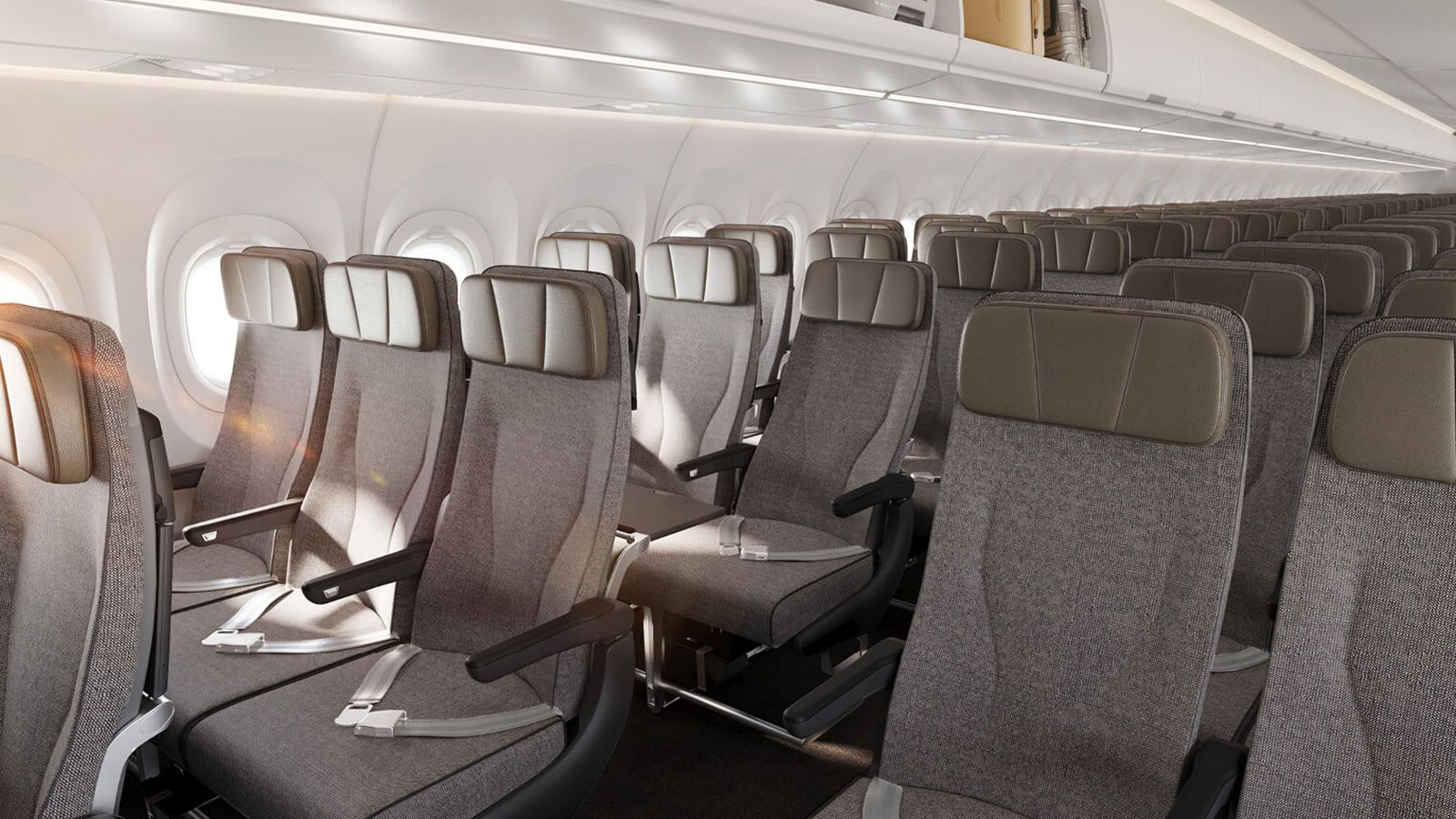

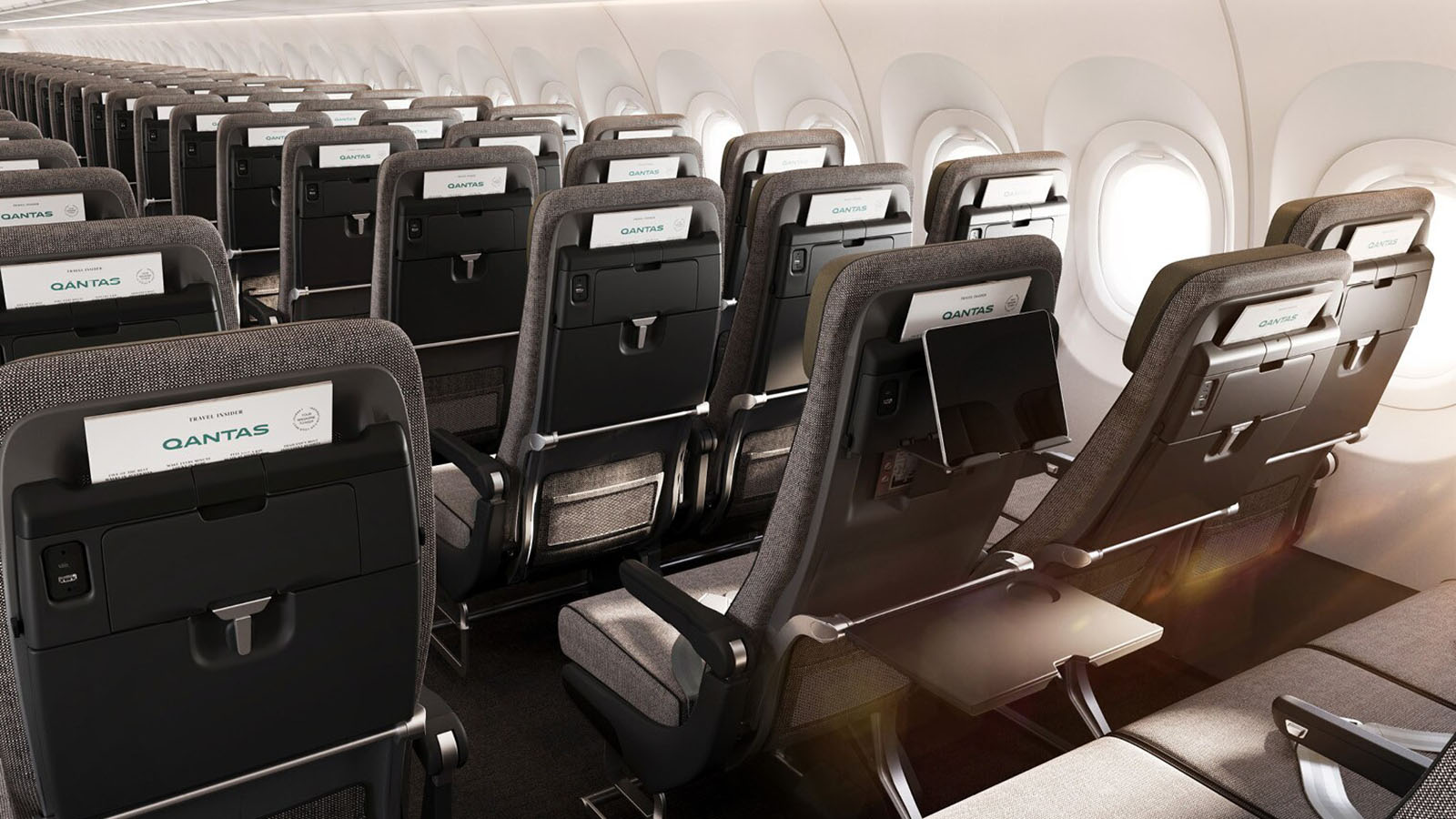
As with the Business cabin, Economy won’t sport any AC outlets either. Charging will again be limited to USB-A and USB-C. At least, it’s good to see both standards supported for maximum compatibility. (For those not overly tech-savvy, USB-A is what most people would just call ‘USB’: the traditional rectangular socket. USB-C is a smaller, rounded rectangle – typical of most modern smartphones.)
Speaking of tech, Economy seats will also sport a tablet holder at the seatback. The tray table will also come with a separate tablet holder, to help personal devices from slipping over the forward edge. Overhead lockers on this aircraft can also accommodate up to 60% more bags over the same space compared to the standard compartments on Qantas’ Boeing 737s.
Qantas’ Airbus A321XLR opens new doors
Qantas expects to receive its first Airbus A321XLR in April 2025. Again, there’s no hint on where it’ll end up flying first. But we do know that it’s designed to help facilitate retirements of Qantas’ Boeing 737 fleet.
Compared to the Boeing 737, the A321XLR is five metres longer. This will see Qantas’ new jets carrying around 197-200 passengers across the two-class layout. That’s true even with Business gaining its extra two rows. By comparison, Qantas’ Boeing 737s accommodate 174 travellers with 12 in Business and the remainder in Economy.
Qantas American Express Ultimate
Qantas has 28 A321XLRs on order. The A321XLR is a new type of aircraft, and one that’s not currently in commercial passenger service. Qantas’ Stateside partner American Airlines expects to be another early adopter.
As Point Hacks reported earlier this year – after interviewing American Airlines’ Vice President of Customer Experience in Germany – the carrier has some very different ideas for its cabins. Unlike Qantas’ A321XLRs, which are fitted in a more domestic-style layout, AA’s birds offer private suites with closing doors at the pointy end, along with Premium Economy.
Qantas will be one of the first airlines in the world to operate the A321XLR and ahead of the arrival of our first aircraft next year, we’ve started pilot training and finalised the details of the customer experience
Nearly half of all the customers that Qantas carries each year travel on our 737 fleet so the A321XLR aircraft that we’ve ordered to replace them will be incredibly important for our future.
– Vanessa Hudson, Qantas Group CEO, 30 August 2024
Qantas estimates that its A321XLRs will be able to fly approximately 3,000km further than its Boeing 737s. The jets ‘open up a wider range of direct domestic and short haul international routes.’
Also read: American Airlines previews new Airbus A321XLR cabin for LAX-JFK flights
Imagery courtesy of Qantas.
Stay up to date with the latest news, reviews and guides by subscribing to Point Hacks’ email newsletter.


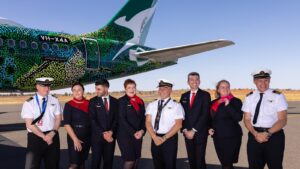

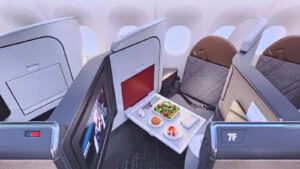

As someone who flies out of Canberra, a location touted as a potential International port for these planes, I would go via Sydney and get on a flat bed.
I miss when Virgin had A330s as it was a much better product and service. You don’t even get a drink before takeoff on Qantas.